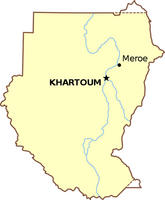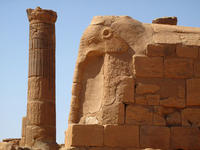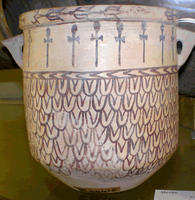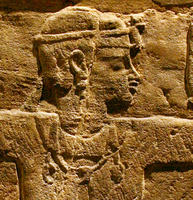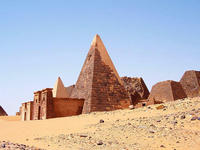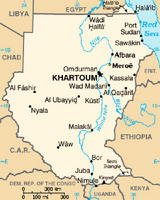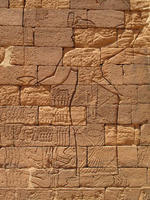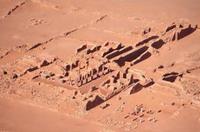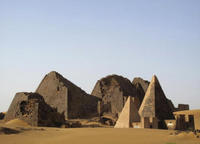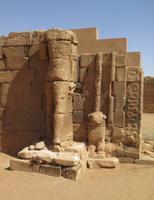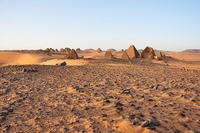You are in: Africa -> Sudan -> Archaeological Sites... , and traditional search or Image Gallery will yield results of this site only
Archaeological Sites of the Island of Meroe
| Site number: | 1336 |
|
| Type of site: | Cultural | |
| Date: | 400BC - 399AD | |
| Date of Inscription: | 2011 | |
| Location: | Africa, Sudan, Khartoum, Meroe | |
Up to 75 images are shown here. Click on each for more details or on Image Gallery for more images.
Six official UN languages:
Arabic,
Chinese,
English,
French,
Russian,
Spanish
Other languages: Breton, Catalan, Czech, Dutch, Esperanto, German, Hungarian, Italian, Japanese, Norwegian-bokmål, Polish, Portuguese, Swedish
Other languages: Breton, Catalan, Czech, Dutch, Esperanto, German, Hungarian, Italian, Japanese, Norwegian-bokmål, Polish, Portuguese, Swedish
| Description: | The Archaeological Sites of the Island of Meroe, a semi-desert landscape between the Nile and Atbara rivers, was the heartland of the Kingdom of Kush, a major power from the 8th century B.C. to the 4th century A.D. The property consists of the royal city of the Kushite kings at Meroe, near the River Nile, the nearby religious site of Naqa and Musawwarat es Sufra. It was the seat of the rulers who occupied Egypt for close to a century and features, among other vestiges, pyramids, temples and domestic buildings as well as major installations connected to water management. Their vast empire extended from the Mediterranean to the heart of Africa, and the property testifies to the exchange between the art, architectures, religions and languages of both regions. --WHMNet's description is from WHC Site, where additional information is available. | |
| Meroë (also spelled Meroe) Meroitic: Medewi or Bedewi; Arabic: مرواه Meruwah and مروى Meruwi) is the name of an ancient city on the east bank of the Nile about 6 km north-east of the Kabushiya station near Shendi, Sudan, approximately 200 km north-east of Khartoum. Near the site are a group of villages called Bagrawiyah. This city was the capitol of the Kingdom of Kush for several centuries. The Kushitic Kingdom of Meroë gave its name to the Island of Meroë, which was the modern region of Butana, a region bounded by the Nile (from the Atbarah River to Khartoum), the Atbarah, Ethiopia, and the Blue Nile. The city of Meroë was on the edge of Butana and there were two other Meroitic cities in Butana, Musawwarat es-Sufra, and Naqa. The site of the city of Meroë is marked by more than two hundred pyramids in three groups, of which many are in ruins. They are identified as Nubian pyramids because of their distinctive size and proportions. --Wikipedia. Text is available under the Creative Commons Attribution-ShareAlike License. | ||
| Source: | http://whc.unesco.org/en/list/1336 | |
| Reference: | 1. UNESCO World Heritage Center (http://whc.unesco.org/en/list/1336). 2. Wikipedia. | |









